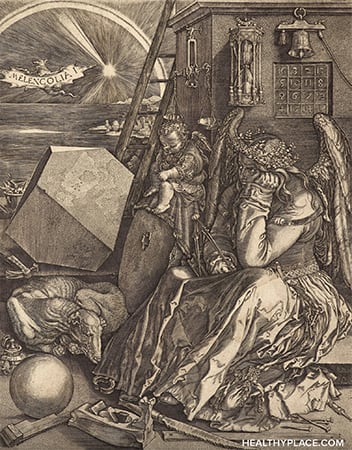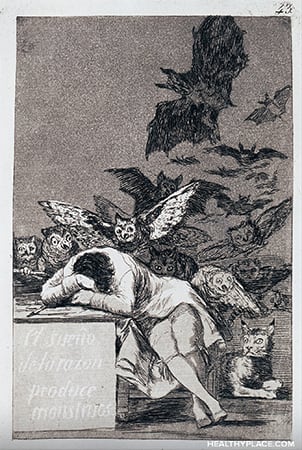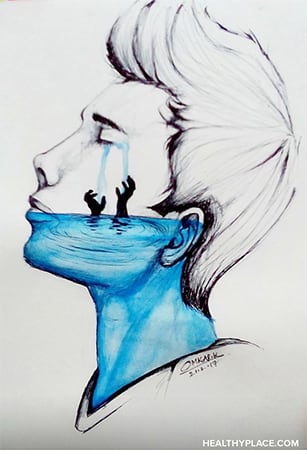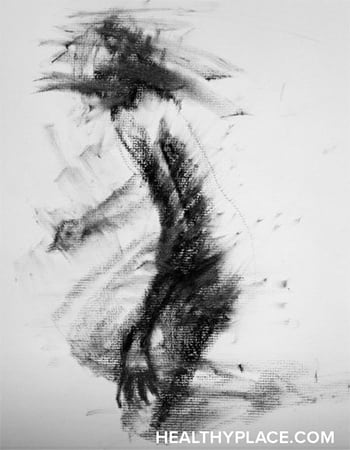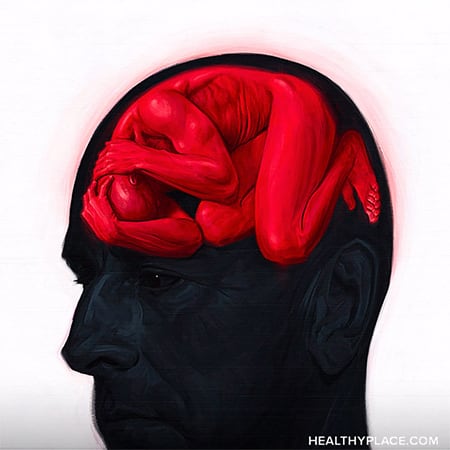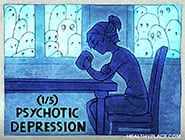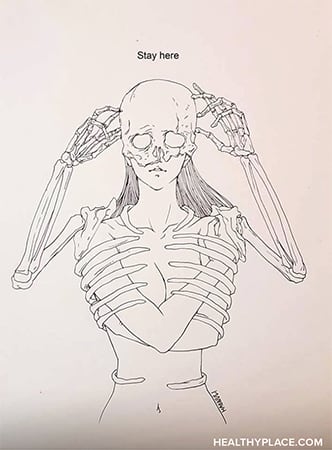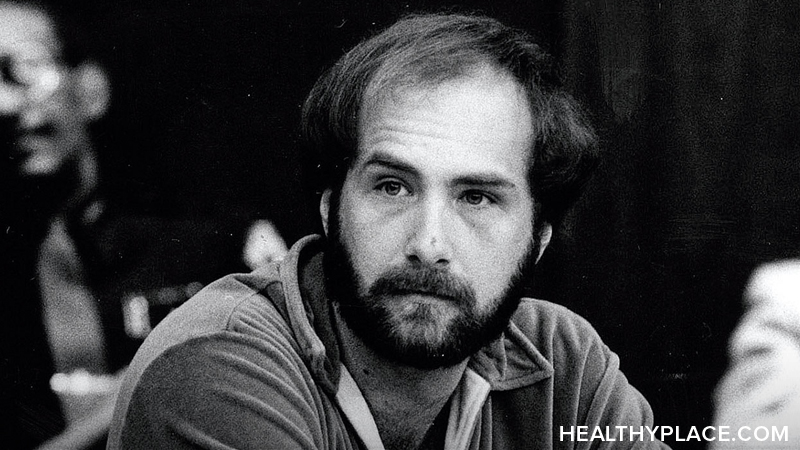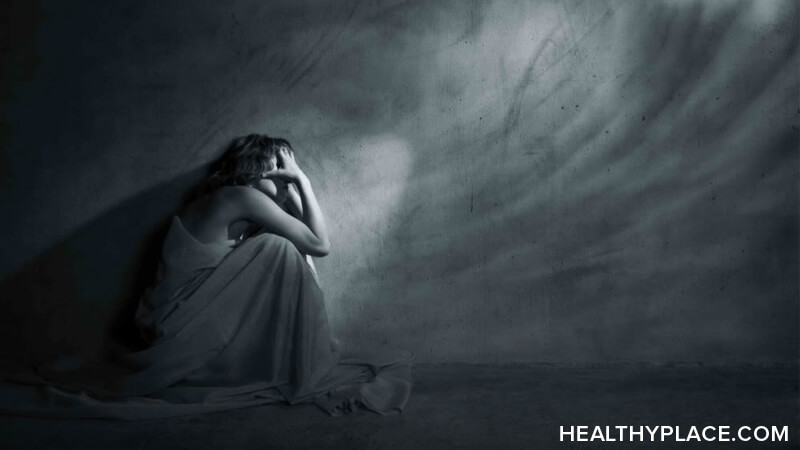
WORST Things to Say to Someone Who Is Depressed
Some people trivialize depression (often unintentionally) by dropping a platitude on a depressed person as if that is the one thing they needed to hear. While some of these thoughts have been helpful to some people (for example, some find that praying is very helpful), the context in which they are often said mitigates any intended benefit to the hearer. Platitudes don't cure depression.
Here is the list from contributors to ask:
0. "What's your problem?"
1. "Will you stop that constant whining? What makes you think that anyone cares?"
2. "Have you gotten tired yet of all this me-me-me stuff?"
3. "You just need to give yourself a kick in the rear."
4. "But it's all in your mind."
5. "I thought you were stronger than that."
6. "No one ever said life was fair."
7. "As you get stronger you won't have to wallow in it as much."
8. "Pull yourself up by your bootstraps."
9. "Do you feel better now?" (Usually said following a five minute conversation in which the speaker has asked me "what's wrong?" and "would you like to talk about it?" with the best of intentions, but absolutely no understanding of depression as anything but an irrational sadness.)
10. "Why don't you just grow up?"
11. "Stop feeling sorry for yourself."
12. "There are a lot of people worse off than you."
13. "You have it so good, why aren't you happy?"
14. "It's a beautiful day!"
15. "You have so many things to be thankful for, why are you depressed?"
16. "What do you have to be depressed about."
17. "Happiness is a choice."
18. "You think you've got problems..."
19. "Well at least it's not that bad."
20. "Maybe you should take vitamins for your stress."
21. "There is always somebody worse off than you are."
22. "Lighten up!"
23. "You should get off all those pills."
24. "You are what you think."
25. "Cheer up!"
26. "You're always feeling sorry for yourself."
27. "Why can't you just be normal?"
28. "Things aren't *that* bad, are they?"
29. "Have you been praying/reading the Bible?"
30. "You need to get out more."
31. "We have to get together some time." [Yeah, right!]
32. "Get a grip!"
33. "Most folks are about as happy as they make up their minds to be."
34. "Take a hot bath. That's what I always do when I'm upset."
35. "Well, everyone gets depressed sometimes!"
36. "Get a job!"
37. "Smile and the world smiles with you, cry and you cry alone."
38. "You don't look depressed!"
39. "You're so selfish!"
40. "You never think of anyone but yourself."

More of the Worst Things to Say to a Person with Depression
41. "You're just looking for attention."
42. "Have you got PMS?"
43. "You'll be a better person because of it!"
44. "Everybody has a bad day now and then."
45. "You should buy nicer clothes to wear."
46. "You catch more flies with honey than with vinegar."
47. "Why don't you smile more?"
48. "A person your age should be having the time of your life."
49. "The only one you're hurting is yourself."
50. "You can do anything you want if you just set your mind to it."
51. "This is a place of business, not a hospital." (after confiding to supervisor about my depression)
52. "Depression is a symptom of your sin against God."
53. "You brought it on yourself"
54. "You can make the choice for depression and its effects, or against depression, it's all in your hands."
55. "Get off your rear and do something." -or- "Just do it!"
56. "Why should I care?"
57. "Snap out of it, will you?"
58. "You want to feel this way."
59. "You have no reason to feel this way."
60. "Its your own fault."
61. "That which does not kill us makes us stronger."
62. "You're always worried about *your* problems."
63. "Your problems aren't that big."
64. "What are you worried about? You should be fine."
65. "Just don't think about it."
66. "Go Away."
67. "You don't have the ability to do it."
68. "Just wait a few weeks, it'll be over soon."
69. "Go out and have some fun!"
70. "You're making me depressed as well..."
71. "I just want to help you."
72. "The world out there is not that bad..."
73. "Just try a little harder!"
74. "Believe me, I know how you feel. I was depressed once for several days."
75. "You need a boy/girl-friend."
76. "You need a hobby."
77. "Just pull yourself together"
78. "You'd feel better if you went to church"
79. "I think your depression is a way of punishing us." &emdash;My mother
80. "Sh_t or get off the pot."
81. "So, you're depressed. Aren't you always?"
82. "What you need is some real tragedy in your life to give you perspective."
83. "You're a writer, aren't you? Just think of all the good material you're getting out of this."
84. This one is best executed with an evangelical-style handshake, i.e., one of my hands is imprisoned by two belonging to a beefy person who thinks he has a lot more charisma than I do: "Our thoughts and prayers are with you." This has actually happened to me. Bitten-back response: "Who are 'our'? And don't do me any favors, schmuck."
85. "Have you tried chamomile tea?"
86. "So, you're depressed. Aren't you always?"
87. "You will be ok, just hang in there, it will pass." "This too shall pass." --Ann Landers
88. "Oh, perk up!"
89. "Try not being so depressed."
90. "Quit whining. Go out and help people and you won't have time to brood..."
91. "Go out and get some fresh air... that always makes me feel better."
92. "You have to take up your bed and carry on."
93. "Why don't you give up going to these quacks (i.e., doctors) and throw out those pills, then you'll feel better."
94. "Well, we all have our cross to bear."
95. "You should join band or chorus or something. That way you won't be thinking about yourself so much."
96. "You'll change your mind."
97. "You're useless."
98. "Nobody is responsible for your depression."
99. "You don't like feeling that way? So, change it."
Compiled by bw@cv.hp.com.

Best Things to Say to Someone Who Is Depressed
It is most tempting when you find out someone is depressed, to attempt to immediately fix the problem. However, until the depressed person has given you permission to be their therapist (as a friend or professional), the following responses are more likely to help the depressed.
The things that didn't make me feel worse are words which 1) acknowledge my depression for what it is (Not 'it's just a phase') 2) give me permission to feel depressed (Not 'but why should you be sad?')
1. "I love you!"
2. "I care"
3. "You're not alone in this"
4. "I'm not going to leave/abandon you"
5. "Do you want a hug?"
6. "I love you (if you mean it)."
7. "It will pass, we can ride it out together."
8. "When all this is over, I'll still be here (if you mean it) and so will you."
9. "Don't say anything, just hold my hand and listen while I cry."
10. "All I want to do know is give you a hug and a shoulder to cry on.."
11. "Hey, you're not crazy!"
12. "May the strength of the past reflect in your future."
13. "God does not play dice with the universe." --A. Einstein
14. "A miracle is simply a do-it-yourself project." --S. Leek
15. "We are not primarily on earth to see through one another, but to see one another through" - (from someone's sig.)
16. "If the human brain were simple enough to understand, we'd be too simple to understand it." --a co-developer of Prozac, quoted from "Listening to Prozac"
17. "You have so many extraordinary gifts; how can you expect to live an ordinary life?" --from the movie "Little Women" (Marmee to Jo)
18. "I understand your pain and I empathize."
19. "I'm sorry you're in so much pain. I am not going to leave you. I am going to take care of myself so you don't need to worry that your pain might hurt me."
20. "I listen to you talk about it, and I can't imagine what it's like for you. I just can't imagine how hard it must be."
21. "I can't really fully understand what you are feeling, but I can offer my compassion."
22. "You are important to me."
23. "If you need a friend..... (and mean it)"
Compiled by bw@cv.hp.com

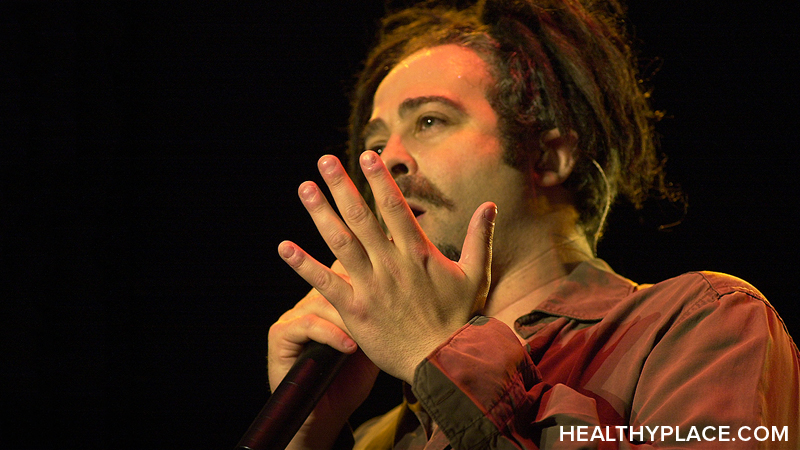
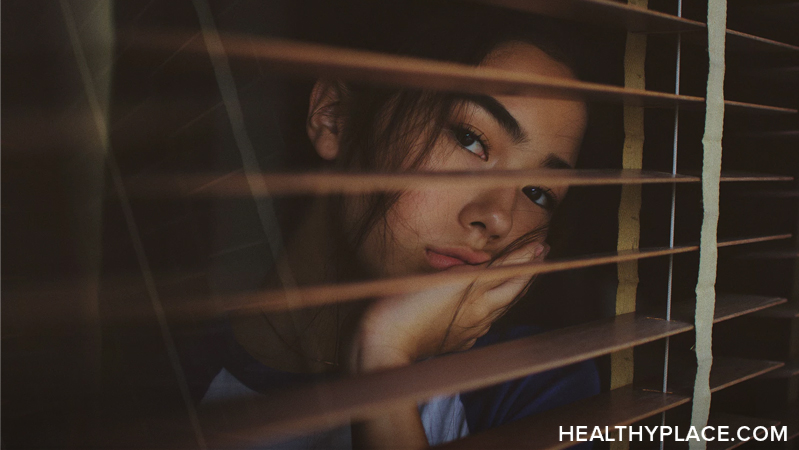

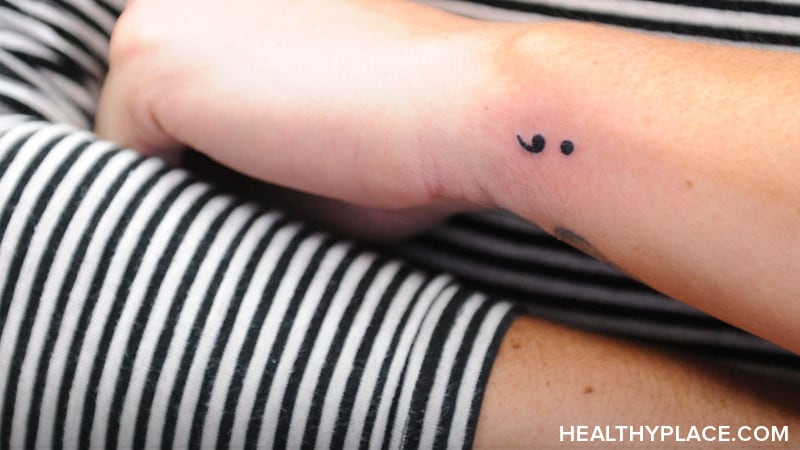
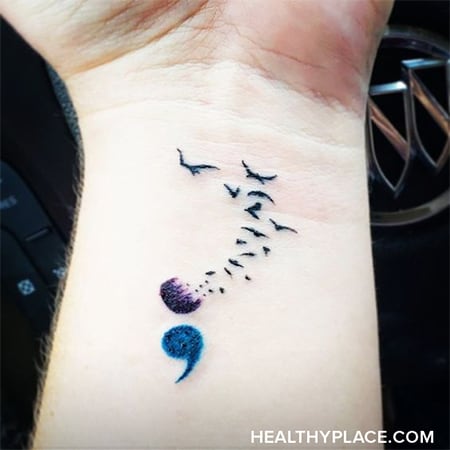
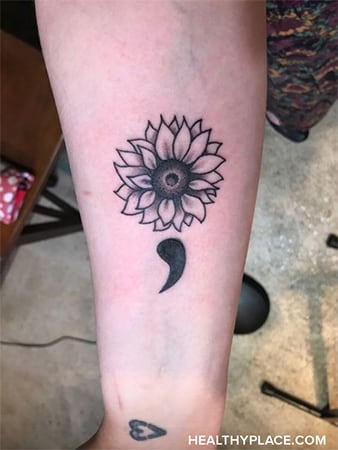
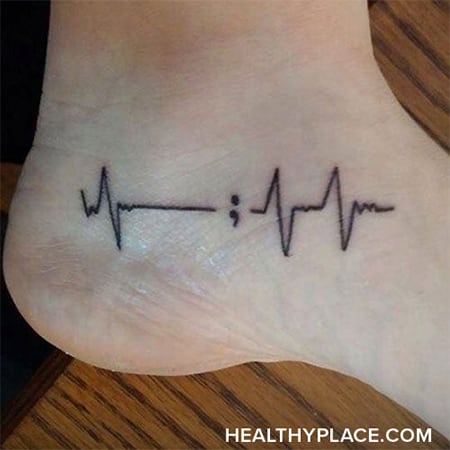
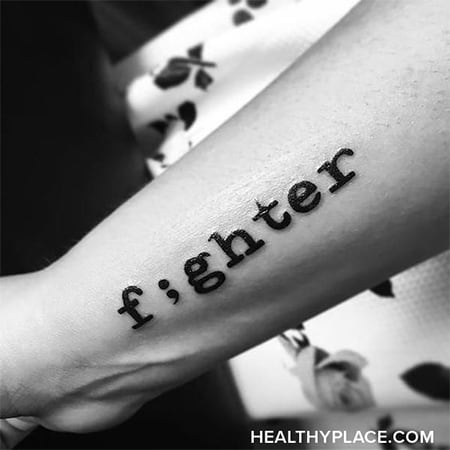
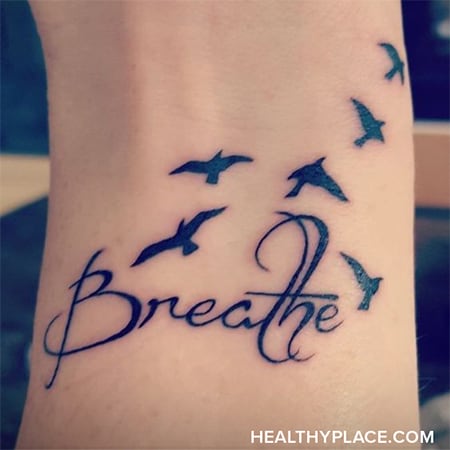
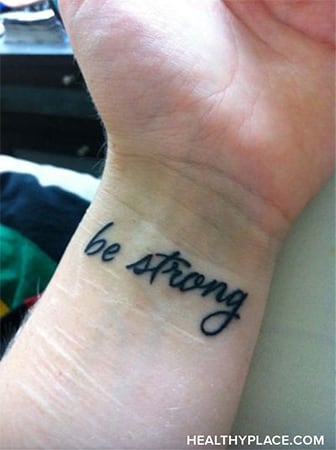
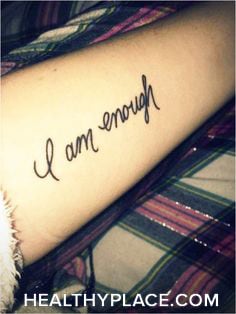
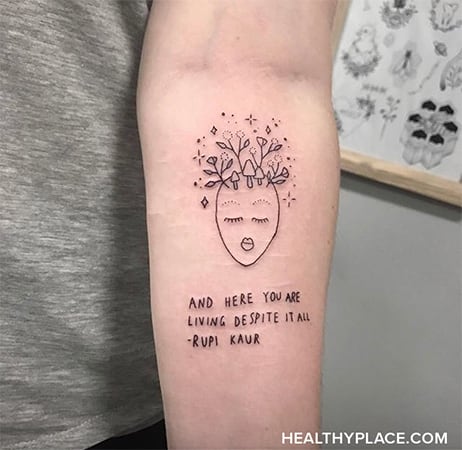
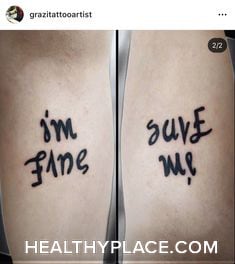
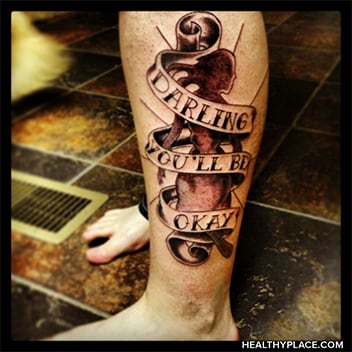
.jpg)
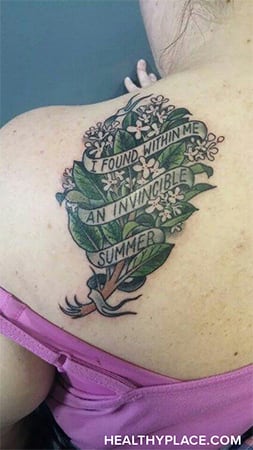
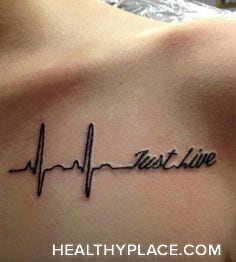
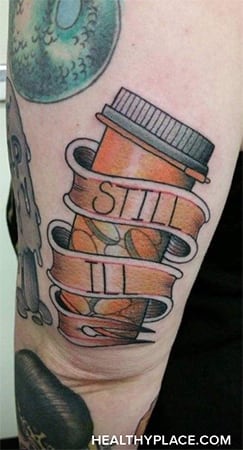
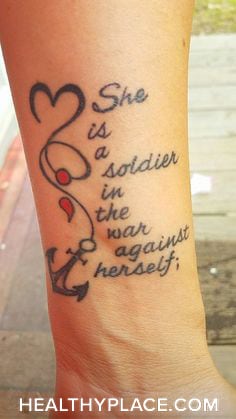
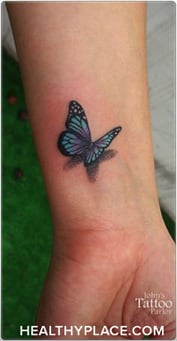
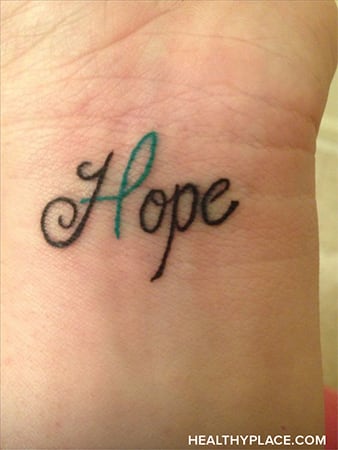
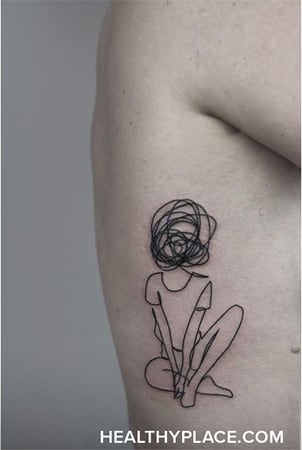
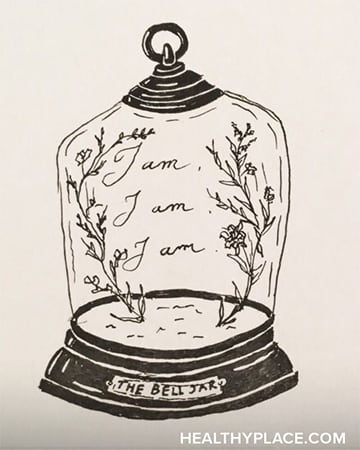
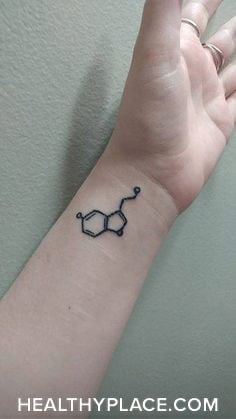
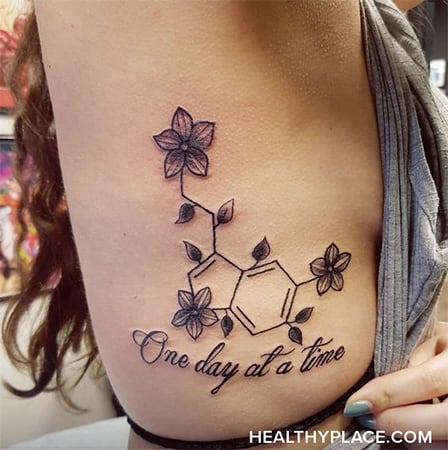
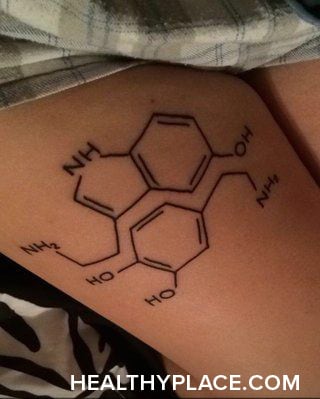
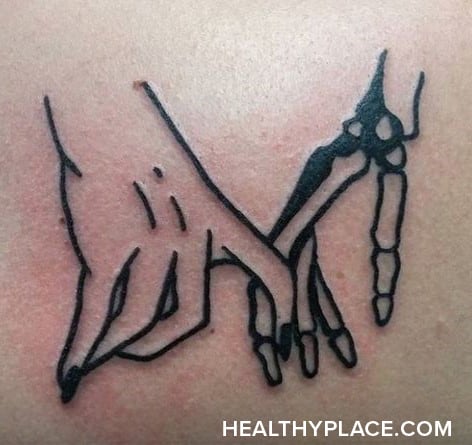
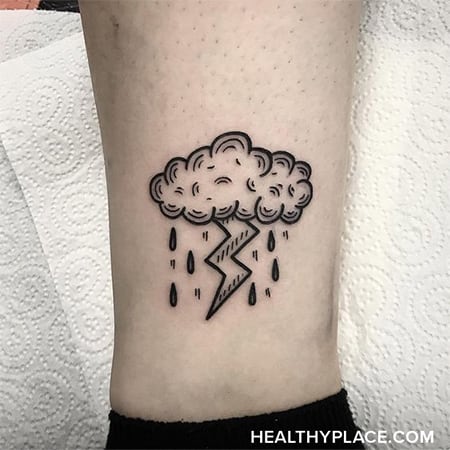
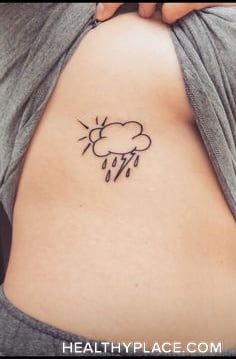
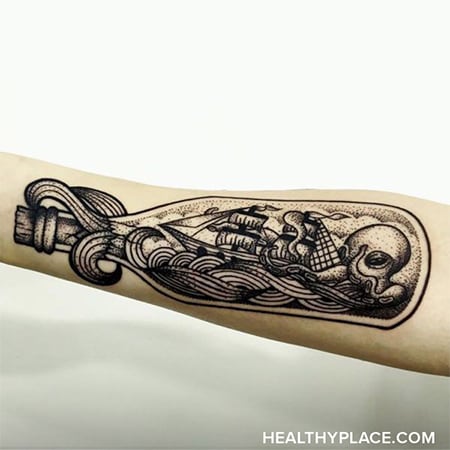

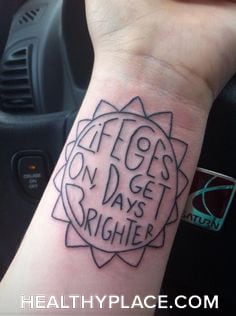



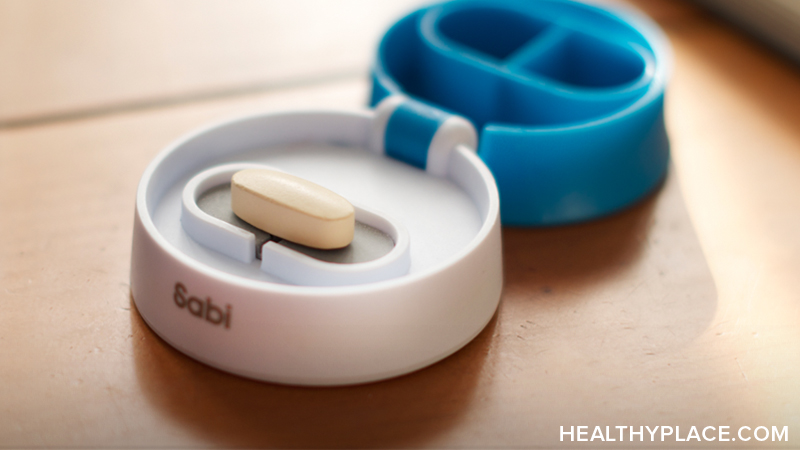

%20ca%202400-2000%20BCE.jpg)
%20second%20image.jpg)
